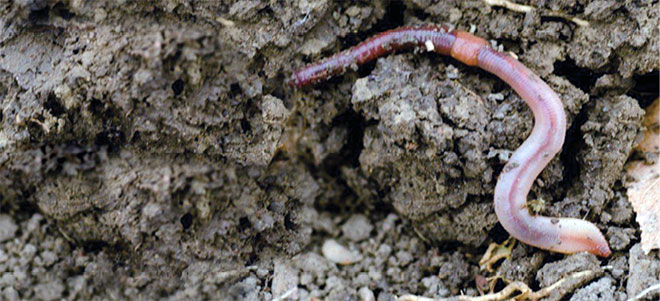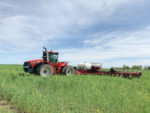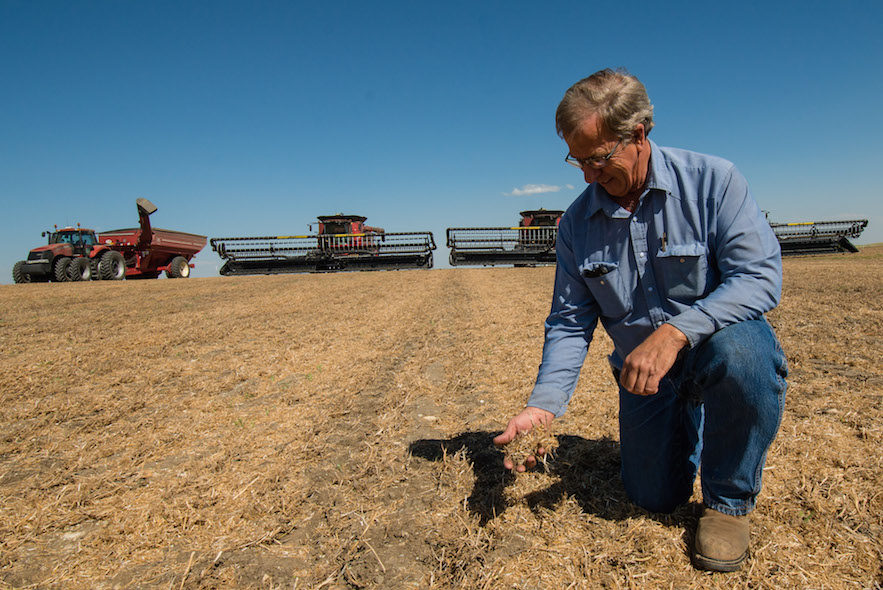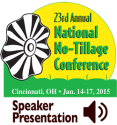Advertise Follow Us
Soil Health

View the secret underground world of soil livestock —including beneficial bacteria, mycorrhizal fungi and earthworms — that are essential to building healthy no-tilled soils and reducing your cost of production.
ARTICLES
[Podcast] Taking a Trip Down the Wormhole of Soil Health
In this podcast, brought to you by NewFieldsAg, Jill Clapperton, a world-renowned soil biologist and rhizosphere ecologist, helps farmers better understand what lives — and must thrive — below the soil surface to regenerate and maintain healthy soil structure.
Read More
[Podcast] Cereal Rye Mix Sequesters $435 Worth of NPK in No-Till System
On this episode of Conservation Ag Update, brought to you by Yetter Farm Equipment, No-Till Innovator Rick Clark gives a presentation at the Regenerative Agriculture Summit in Chicago, Ill., explaining how cover crops are saving him hundreds of dollars on inputs per acre.
Read More
Press Release
Habitat Incentives Program Helps Farmers Add Conservation Practices
PFI program open for farmers and landowners seeking financial and technical assistance for conservation practices
Read More




















